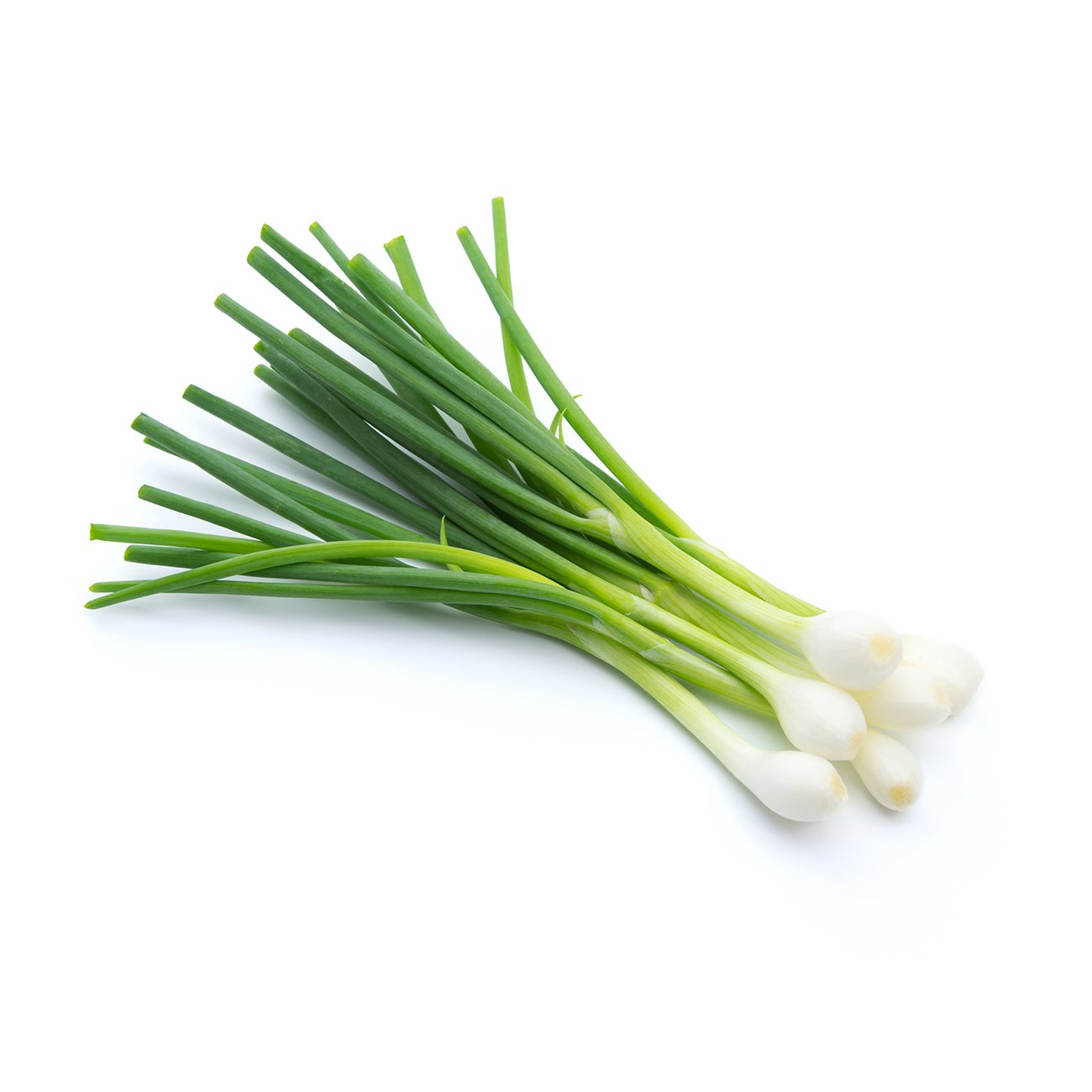Chives are a member of the onion family and have a mild, fresh, savoury flavour. They have long, thin, flattish, tubular dark green stems that come to a point at the top.
-
Harvesting
Herbs should appear fresh and green, with no yellowing, decay, insect damage or mechanical damage. Aroma should be strong and characteristic of the herb. Most herbs for fresh culinary use are best if harvested before flowering, though there are some exceptions.Postharvest storage temperature
Herbs should be cooled to just above 0°C immediately after harvest. Chives can be stored for 2–3 weeks at 0°C with 95-100% relative humidity. They are not chilling sensitive and should be stored as close to 0°C as possible without freezing.Controlled atmosphere storage
Due to a short postharvest life, CA is generally not used for fresh herbs. MAP has been shown to retard yellowing.Ethylene sensitivity
Ethylene production is low, but sensitivity is high. Low levels can result in yellowing. Storage at 0°C minimises effects on visual quality.Humidity storage
Store at 95–100% relative humidity.Disease & infection
Moulds and bacterial decay may develop, especially on mechanically damaged leaves or cut ends of stems. It is important that low temperatures be maintained during storage and distribution to slow the rate of decay. -
Pick from stem before use. Keep in vegetable drawer of fridge in resealable plastic bag.

You might also like
Veggy tip
To get the most flavour out of chives, it's best to use them raw or add them at the very end of your cooking.




